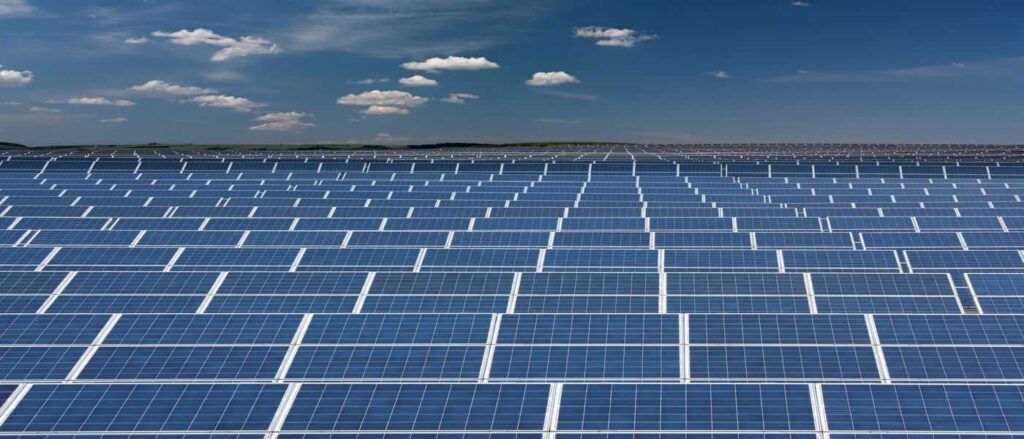Photovoltaic (PV) power generation and distributed power generation refer to two different aspects of producing and utilizing electricity, and they are not mutually exclusive.
- Photovoltaic (PV) Power Generation:
- Definition: Photovoltaic power generation involves the conversion of sunlight into electricity using solar cells, typically made of semiconductor materials like silicon. These solar cells generate direct current (DC) electricity when exposed to sunlight.
- Centralized vs. Decentralized: PV power generation can be both centralized and decentralized. In a centralized model, large solar power plants generate electricity on a large scale and feed it into the grid. These are often utility-scale solar farms. In a decentralized or distributed model, solar panels are installed on rooftops, building facades, or in small solar farms closer to the point of consumption.
- Distributed Power Generation:
- Definition: Distributed power generation refers to the generation of electricity at or near the point of consumption, as opposed to centralized power plants that are located far from end-users. This approach aims to reduce transmission and distribution losses and increase the overall efficiency of the power system.
- Various Sources: Distributed power generation can involve various sources, including solar PV, wind turbines, small-scale natural gas generators, combined heat and power (CHP) systems, and other renewable or non-renewable energy sources.
- Grid Connection: While distributed power generation systems can operate independently of the grid (off-grid systems), they can also be connected to the grid. In grid-connected distributed generation, excess electricity can be fed back into the grid, and users can draw power from the grid when their local generation is insufficient.
Key Differences:
- Scope: Photovoltaic power generation specifically focuses on electricity generation using solar cells and is a subset of distributed power generation.
- Technology: Distributed power generation encompasses a broader range of technologies, including solar PV, wind, and various other decentralized power sources.
- Scale: Photovoltaic power generation can be both centralized (utility-scale solar farms) and decentralized (distributed solar panels on rooftops). Distributed power generation, in general, emphasizes smaller-scale, localized power generation.
- Application: Distributed power generation is a concept that extends beyond solar energy, while photovoltaic power generation specifically refers to electricity produced from sunlight using solar cells.
In summary, photovoltaic power generation is a specific technology within the broader concept of distributed power generation. While PV can be deployed in both centralized and decentralized models, distributed power generation encompasses a wider array of technologies and sources that generate electricity closer to the point of consumption.


